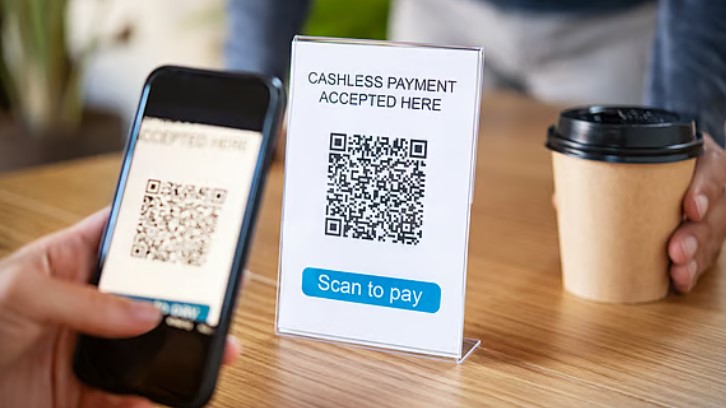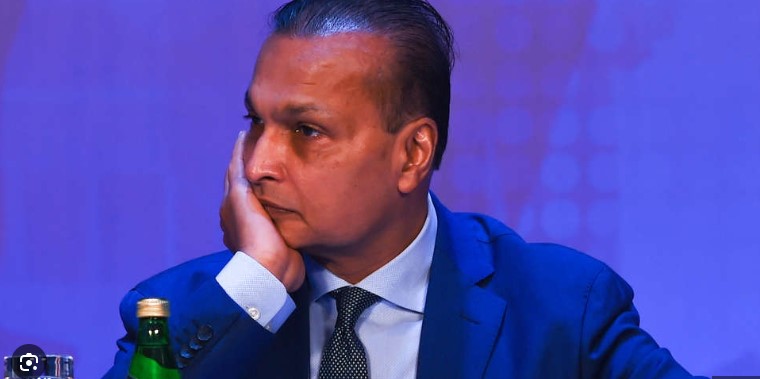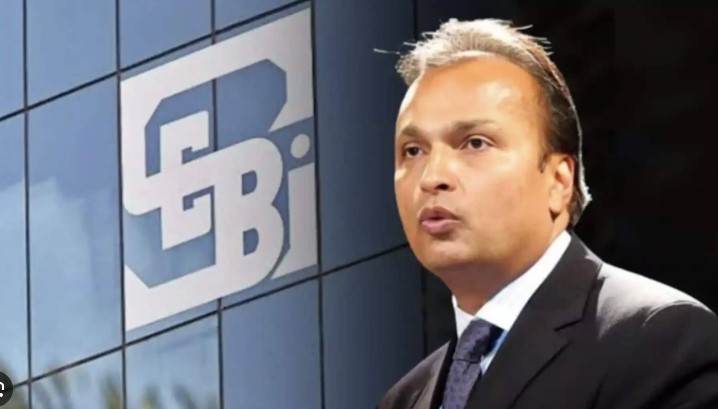
Govt May Impose MDR on UPI Payments Above ₹3000
The Indian government is reportedly considering a significant change in digital payment policy by proposing charges on UPI payments over Rs 3000. This potential policy shift, if approved, would reintroduce the Merchant Discount Rate (MDR) for higher-value transactions through the Unified Payments Interface (UPI) — marking a move away from the zero-MDR regime that has been in place since January 2020.

What is MDR and Why Does It Matter?
The Merchant Discount Rate is a small percentage fee that merchants pay to banks and payment service providers (PSPs) for processing digital transactions. While this has been a norm for credit and debit cards, UPI transactions have been exempted from MDR since 2020 to promote digital payments across all strata of society.
However, with rising costs associated with infrastructure, security, and operations, the government is now evaluating whether it’s time to reconsider this policy — particularly for UPI payments over Rs 3000.
Table of Contents
Toggle
What the Government Is Considering
Sources familiar with the matter told NDTV Profit that the government is weighing MDR fees based on transaction value, rather than a merchant’s overall turnover. Small-ticket payments, such as daily groceries or local commute fares, would remain free of MDR. But larger transactions, often seen in retail shopping, online electronics, and utility payments, could carry a merchant fee soon.
A high-level meeting last week involving the Prime Minister’s Office (PMO), the Department of Economic Affairs (DEA), and the Department of Financial Services (DFS) discussed this possible framework change.

Why Now? Rising Costs of Digital Transactions
UPI has grown exponentially since its launch. Today, it accounts for nearly 80% of India’s retail digital payments. In terms of value, UPI person-to-merchant (P2M) payments have touched Rs 60 lakh crore since 2020, signaling not just adoption but trust and habit.
However, this success has come at a cost. Banks and fintech companies have repeatedly expressed concerns about the lack of financial incentives under the current zero-MDR model. Handling high-value UPI transactions demands robust tech infrastructure, cybersecurity frameworks, and compliance — all of which incur operational expenses.
Allowing MDR on UPI payments over Rs 3000 would help these stakeholders cover costs and reinvest in the ecosystem.

What the Industry Is Proposing
The Payments Council of India has suggested introducing a 0.3% MDR fee for large merchants on UPI transactions above a threshold. For context:
MDR on credit and debit cards currently ranges from 0.9% to 2%, depending on the payment method and merchant category.
RuPay credit cards, however, are likely to remain exempt from MDR, even if this new policy comes into effect.
The council’s proposal is to bring UPI’s structure closer to traditional card networks, but only where transaction value warrants it.
What Happens Next?
A final decision is expected in the next one to two months after comprehensive discussions with all stakeholders, including:
Banks
Fintech companies
The National Payments Corporation of India (NPCI)
If implemented, the new MDR policy would represent a shift in government strategy — from incentivizing UPI adoption to ensuring the long-term sustainability of the digital payments framework.
Impact on Users and Merchants
For Consumers:
Small, everyday UPI transactions (under ₹3000) will likely remain free of additional charges.
For larger purchases — such as electronics, travel bookings, or utility bills — merchants may pass on the MDR fee to customers, subtly increasing final payable amounts.
For Merchants:
High-value UPI transactions might attract MDR costs, impacting margins.
Merchants may need to reconsider how they handle digital payments, especially in competitive retail segments.
Will This Reduce UPI Usage?
Not necessarily. While MDR might impact very high-value payments, the ease, speed, and security of UPI still make it India’s most favored payment method. Moreover, with a tiered MDR model, only a small percentage of transactions — likely less than 10% — will be affected.
UPI’s Journey and Global Ambitions
UPI’s growth is a digital revolution story. From being a small payments channel in 2016, UPI now processes over 10 billion transactions monthly. The Indian government is also promoting UPI internationally, with countries like Singapore, UAE, and France already inking deals to enable cross-border usage.
However, sustaining this momentum requires constant innovation and infrastructure investment. By allowing MDR for UPI payments over Rs 3000, the government may enable the financial ecosystem to scale further without compromising security or user experience.
Conclusion
The proposal to introduce charges on UPI payments over Rs 3000 marks a strategic pivot in India’s digital payment landscape. While the zero-MDR regime fueled mass adoption, the next phase focuses on sustainability and scale. If the MDR charges are implemented carefully, balancing user convenience with industry viability, UPI’s dominance is likely to continue — now with a more resilient backbone.
Indian financial crimes agency freezes Anil Ambani Group properties worth $853 million
In a major move highlighting India’s tightening grip on corporate financial misconduct, the Indian financial crimes agency has frozen properties worth ₹75 …
The Japan flu outbreak has triggered nationwide concern as influenza cases surge across the country, resulting in thousands of hospitalisations and temporary …
Jio Subscriber Additions Lead in August; BSNL Overtakes Airtel as Vi Continues to Lose Users
The Jio subscriber additions in August have once again demonstrated Reliance Jio’s dominance in India’s telecom market. As per the data released …
Royal Enfield Price Cut: Classic 350, Meteor 350, and Hunter 350 Get Cheaper
The recent Royal Enfield price cut has created a buzz among motorcycle enthusiasts across India. The legendary bike maker has officially announced …
Maruti Suzuki e Vitara: India’s First Electric SUV Rolls Out, Marking a Historic Milestone
Maruti Suzuki e Vitara, the first all-electric SUV from India’s largest carmaker, has officially begun production at the company’s Gujarat plant in …
SEBI rejects Ambani plea Over Yes Bank Investments
Sebi rejects Anil Ambani’s settlement plea in a high-profile case linked to investments in Yes Bank’s additional tier-1 (AT-1) bonds, according to …








